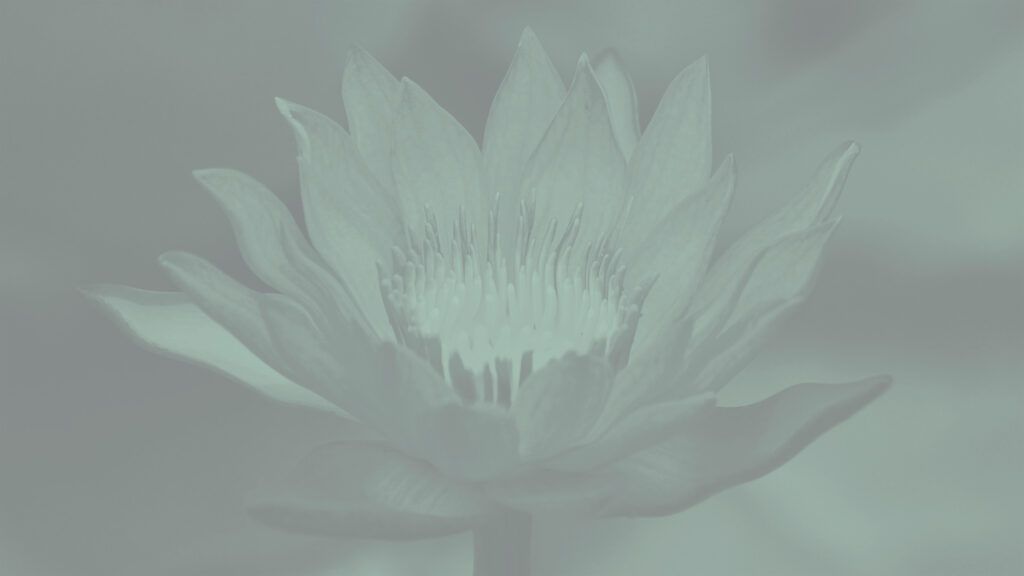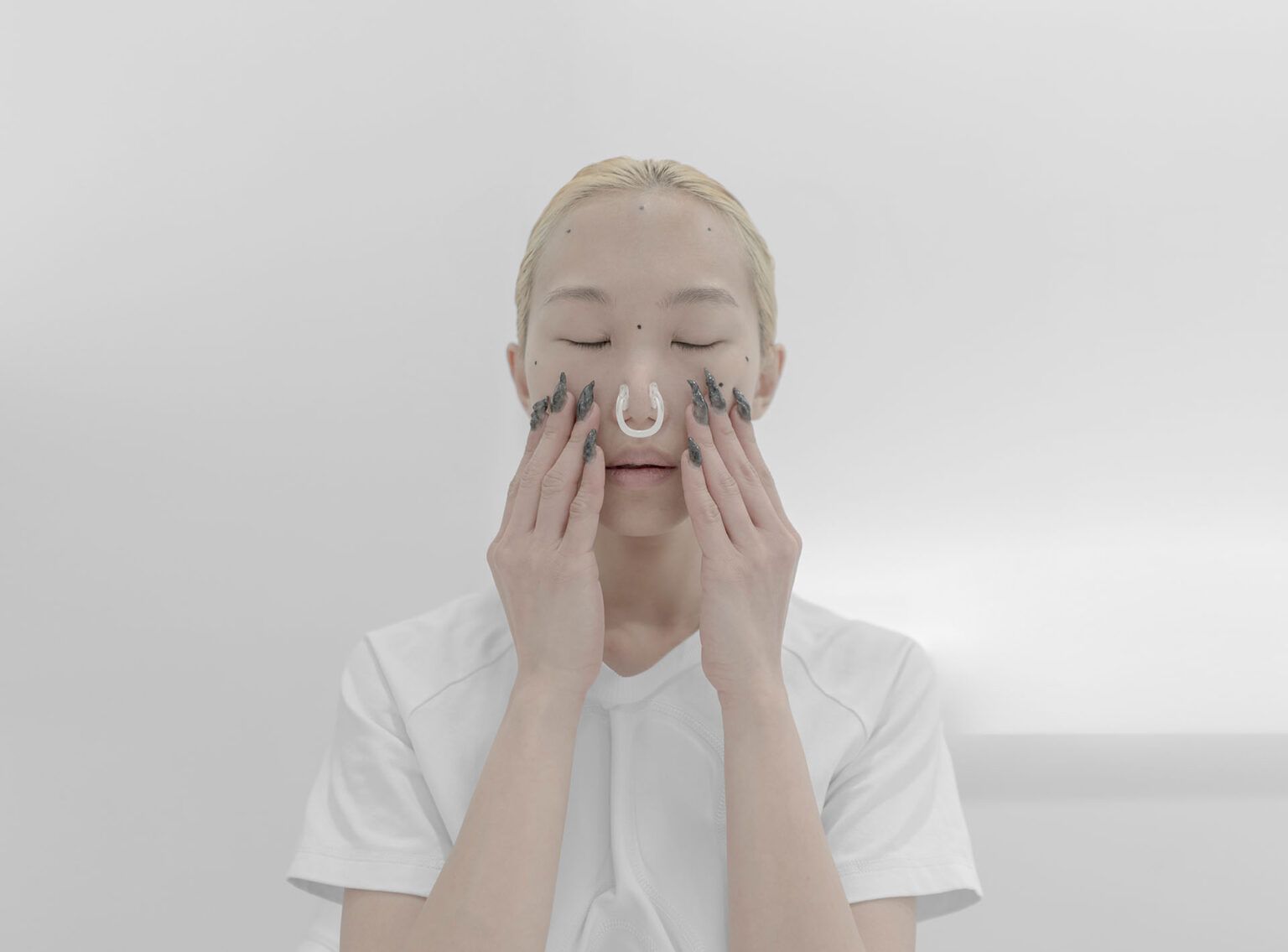Hanaba is the story of a hypothetical living being in an alternate future. Hanaba lives in a place similar to a clinic or laboratory; a kind of new cave with celestial analogies, totally isolated between rooms of aseptic medical constitution and surrounded on the outside by an uninhabited and fertile environment where time seems to stand still. The protagonist of Hanaba, a term whose meaning comes from the scientific concept of “new Mutant Flower whose DNA has been isolated”, who symbolically behaves as such, and transits between their fluid and human nature and their elusive dream of transcending and uniting with nature through technology. This hypothesis takes shape during the meditations of Hanaba, in the recurrent fantasy of the drone that crosses a forest like a specter.
Following a series of daily ASMR, meditation, and yoga routines, Hanaba dedicate their time to scientific studies devoted to anatomy, the senses, geology, biotechnology and the meaning of conservation of the human body. They venerate technology as the main element in the adoration of a new cult that they profess, mediated by nature through the ceremonial use of flowers, water, the dream that occurs with the drone, the chants and the ingestion of liquids from psychoactive plants as a way to travel a theoretical path to transcendence. With a transhumanist perspective, Hanaba deals with the cult of the spirituality of technological progress and complete adaptation to nature.

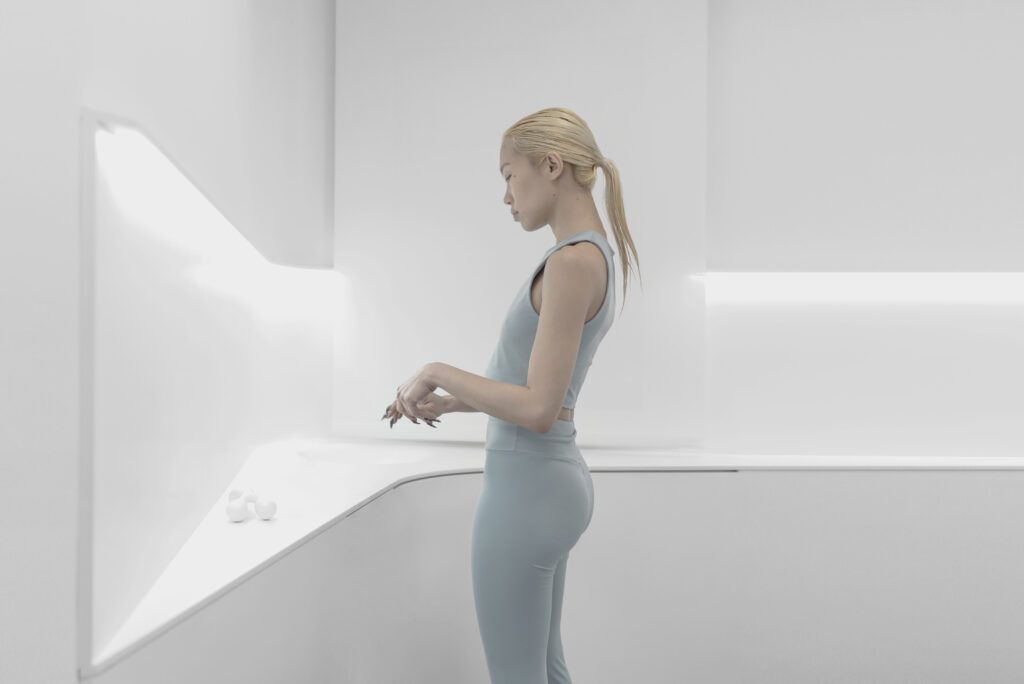
Like all the characters in Adaptasi Cycle, Hanaba lives in a limbo, surrounded by nature and alone except for the company of artificial intelligences and robotic animals. Their fluid nature, in a broad sense, is that of beings in a border state between androids, dead and alive at the same time, in the realm of the ghostly.
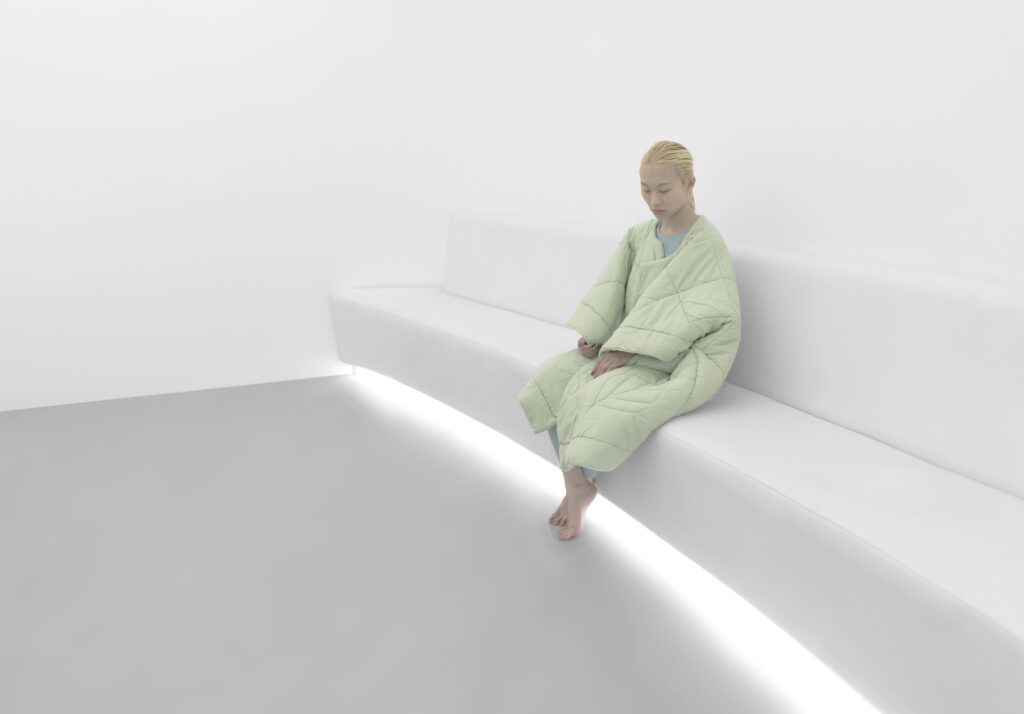
INTERVIEW
What is Hanaba’s recurrent fantasy and what does it symbolise in the context of the artwork?
The fantasy of transforming into something higher. Hanaba’s aspiration is to become a sublime, pristine, idealized and eternal creature, which in my work is frequently presented as the union of the human being with technology and nature in a harmonious way. This adaptation is where the idea that summarizes the Adaptasi Cycle comes from.
The path that Hanaba travels, and the actions that she performs, are a reflection among others, as frequently happens in my work, of some esoteric funeral rituals that here serve the cause of transhumanist theory more clearly, so of course, no matter how much you see sportswear and flowers, prostheses or drones, everything is always about death.
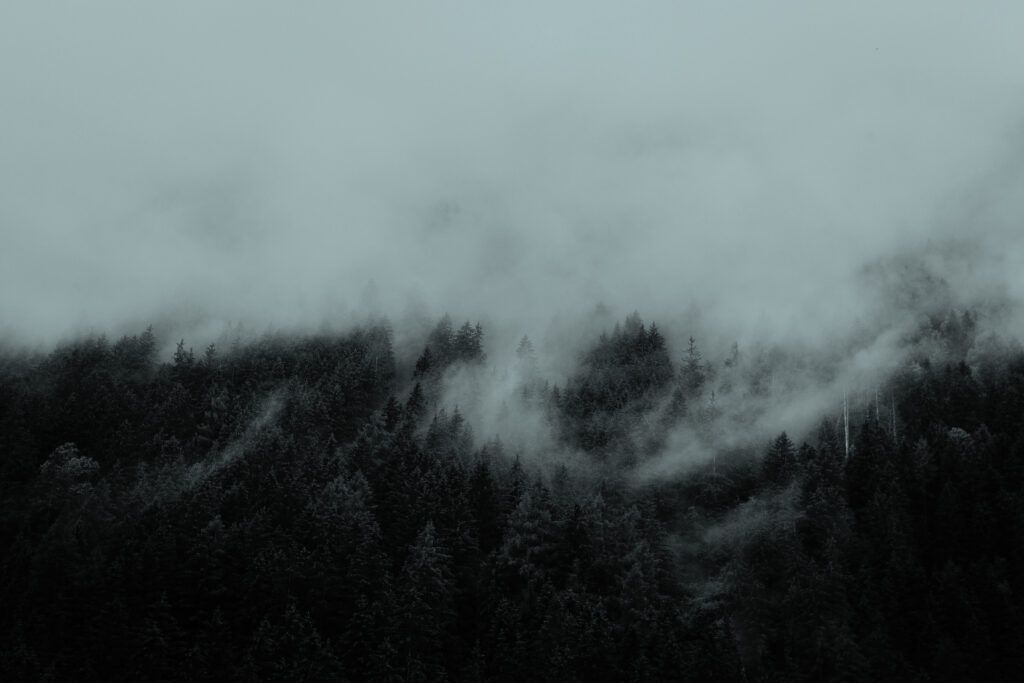
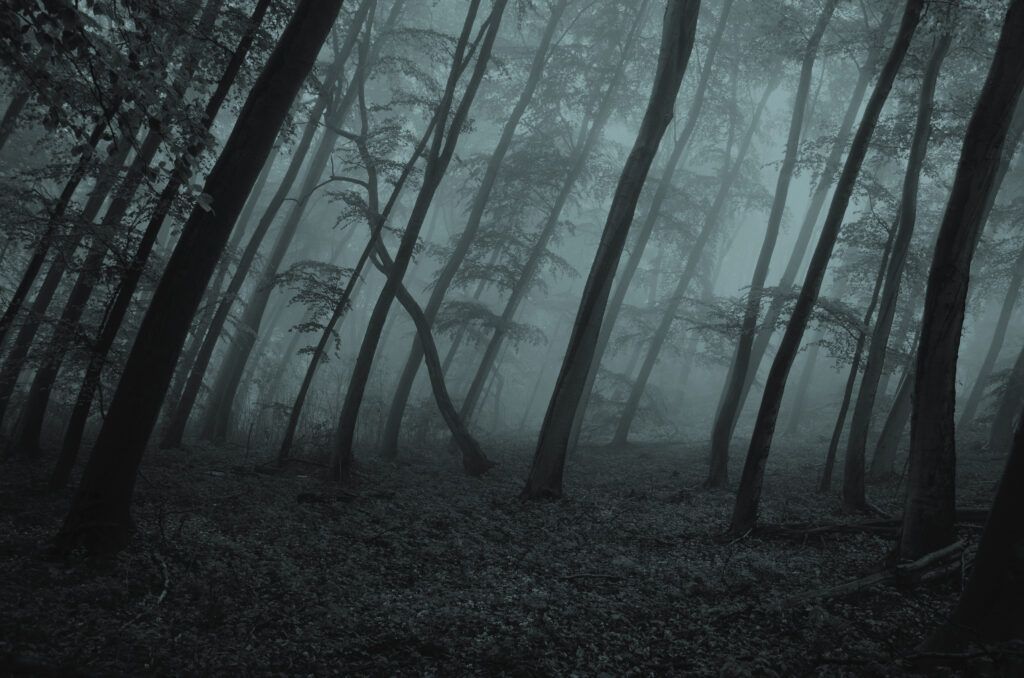
How does the setting of the artwork contribute to its overall meaning and symbolism?
Realism doesn’t interest me at all, I adore fiction and hate reality and veracity in art in my work. The everyday does not help me to describe the everyday because it is in a certain way deactivated. Let me explain it: I am more interested in making elusive or delusional pieces (in terms of documentary fidelity I am the opposite) that basically respond precisely to a true analysis (because my work is nothing more than looking carefully at something) of our present context. As human beings, the fantasy, the idea we have about what our future will be is what best describes us. There is something authentic and also perverse and decadent in it, but it is innocent at the same time, and I find it magnetic and powerful.
Trying to describe the sublime as something beautiful and sinister (as E. Burke said), our doppelgänger, the mask we wear, the modern monster, the celestial creature, is truly the most sincere portrait I can do. The only one that interests me and amuses me.
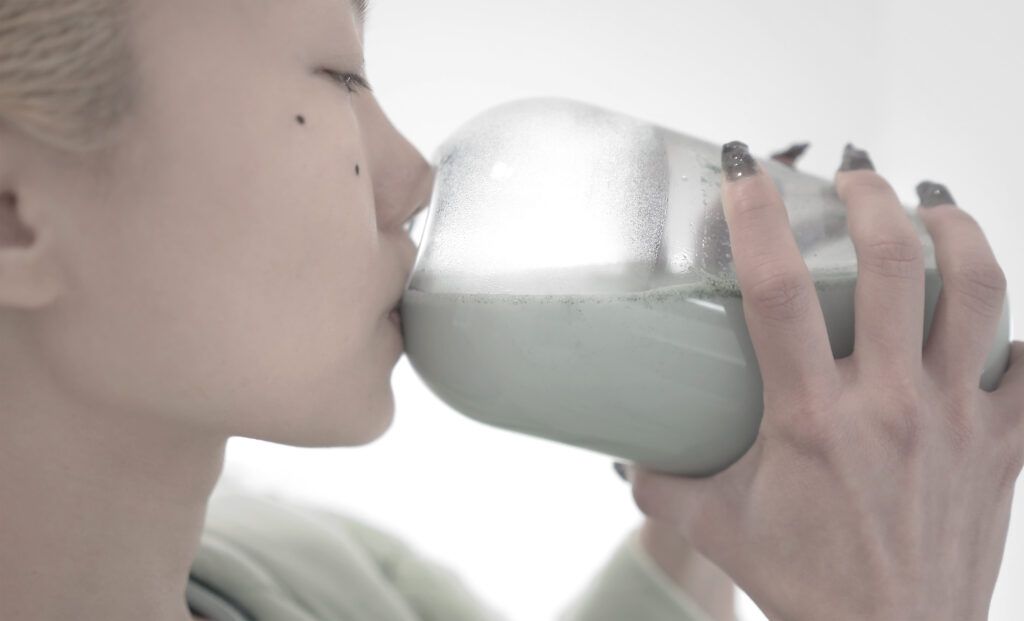
How does Hanaba view technology, and what role does it play in their spirituality and belief system?
In this film, technology represents something mythological, it has a scientific and esoteric value at the same time. For Hanaba, technological devices are like the mineral and fossil archives that she studies and lives with, and the industrial devices (for yoga, meditation, pleasure, and self-care) with those erogonomic and asmr qualities with which she experiments.
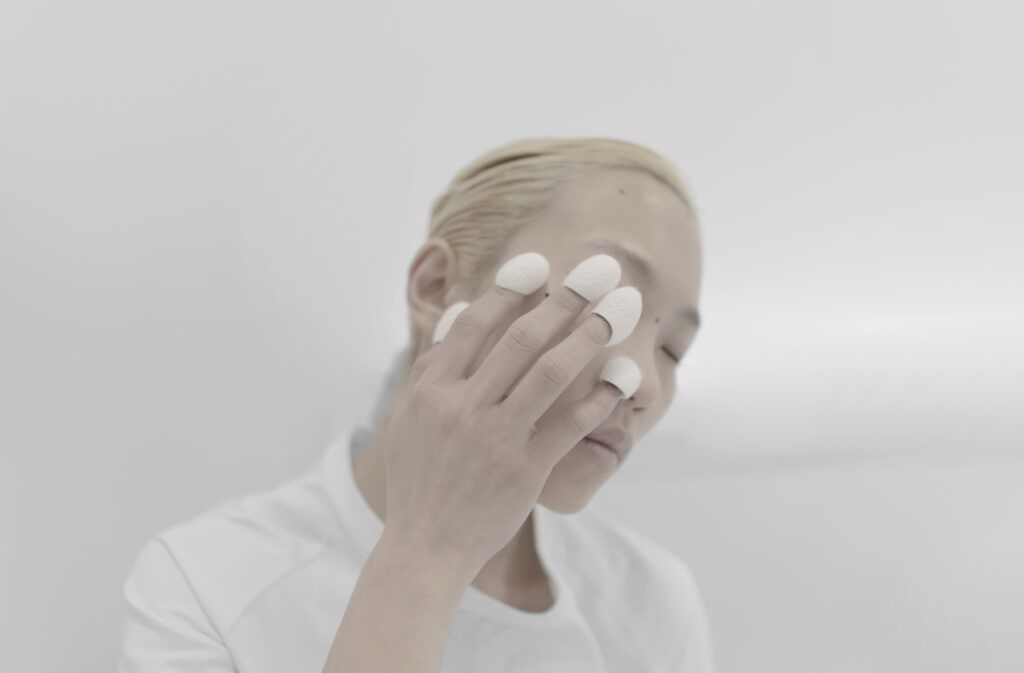

Hanaba’s philosophy and worldview are related to the concept of transhumanism. What implications does this have for the future of humanity in your art pieces?
Transhumanism speaks about symbiosis and metamorphosis, this is what interests me. The body and identity in crisis, which are currently between the digital and the organic.
Hanaba means mutant flower in the field of genetics. One being transforming into another. Rachel Lamot is the Art Director and co-scriptwriter of my body of work Adaptasi Cycle and of Hanaba – together we have also written the script for this piece and together we decided that my characters, our beings, our concepts, had to look like people, but they are ghosts and have this permanent duality. Spectres, artificial intelligence, and androids are a possibility, an alternative for us and are deliberately presented as walkers between two worlds, shamans, yogis, disturbing beings, because they represent certain very specific fears and aspirations of modernity. Haraway’s phrase “I will rather be a cyborg than a goddess” encapsulates the answer to your question. At least within my work, humanity does not exist.
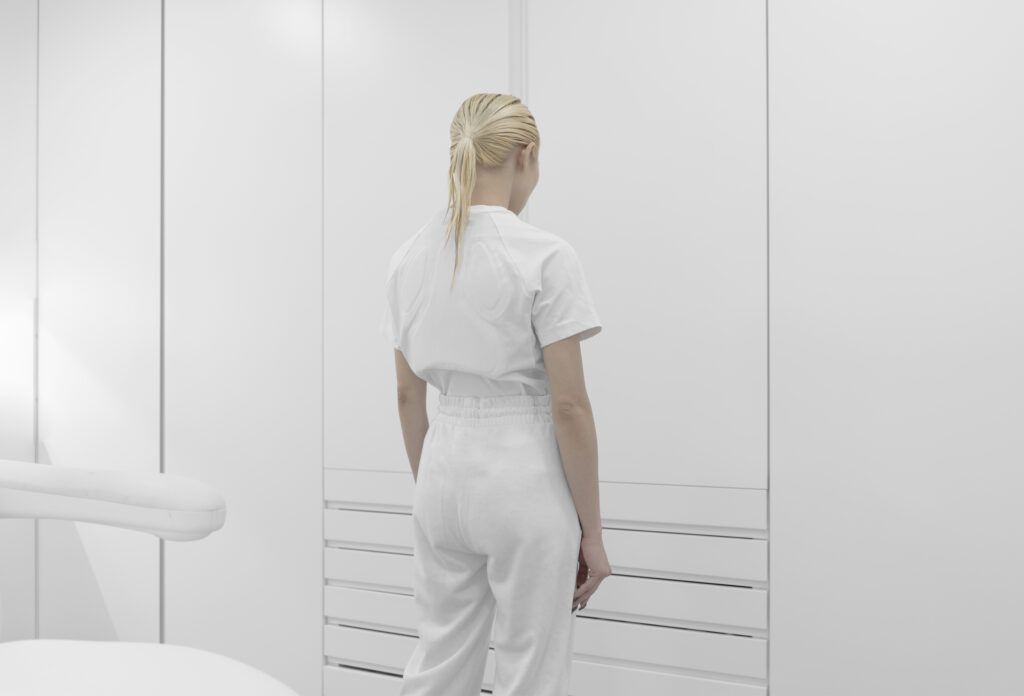
What is the overall message of the artwork, and how is this conveyed through the use of symbolism, imagery, and language?
Adaptation, Death. Worship of destruction and creation, the afterlife.
My work is a representation, over and over again, of the Beautiful Party of Hathor or the furious dance of Nataraja Shiba that destroys everything and recreates it. In my work they appear in the form of modern raves, with young and diverse people who euphorically dance to the electronic music of the composer Daniel Vacas Peralta, meditating and celebrating something that is about to happen but that has not just been presented to us.
Deep down I’m basically making tech altars and totems. There are artificial intelligences and fungi, robotic plants and animals in an encyclopedic sense, and you can hardly tell them apart because they are the same or they just adore each other – it is some sort of new cult. They are part of a festive ritual that is the limbo where everyone lives, as in an infinite rave or as in a shamanic rite of the future that I build by stealing, like a vampire, significant elements of the present.
